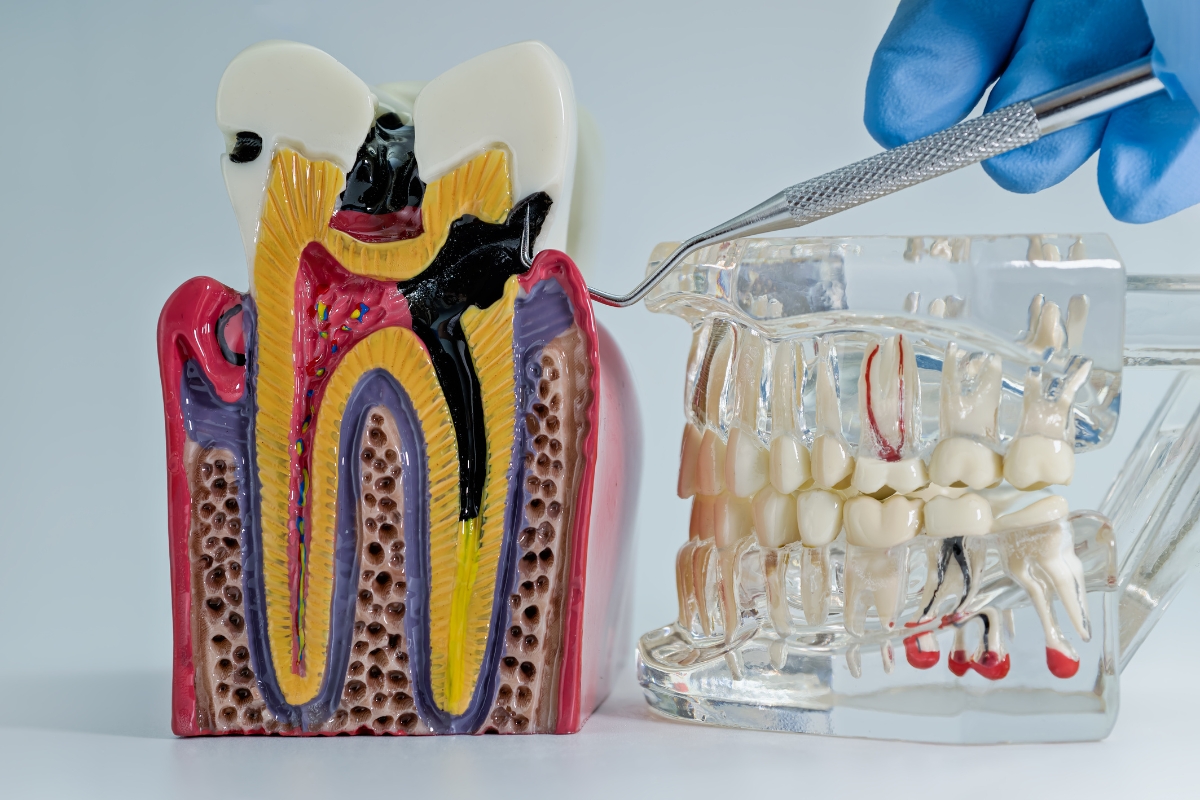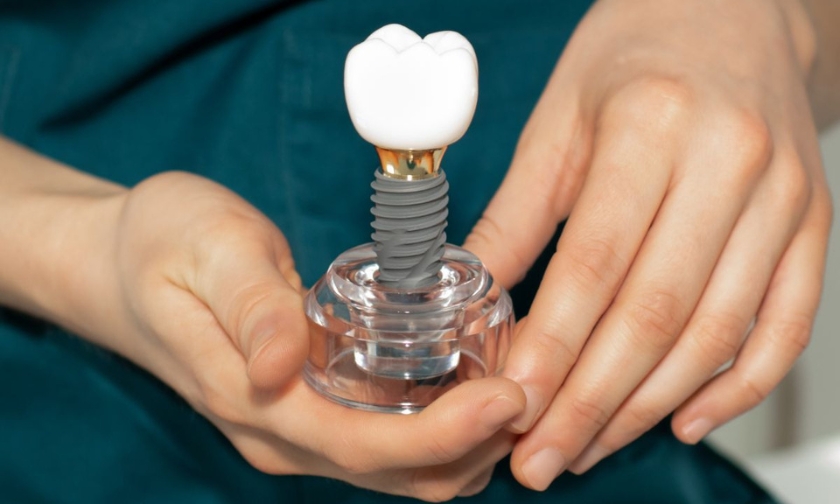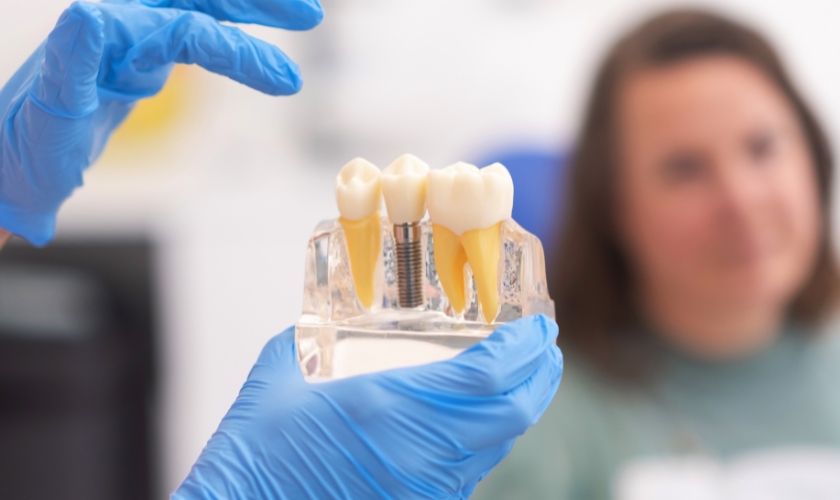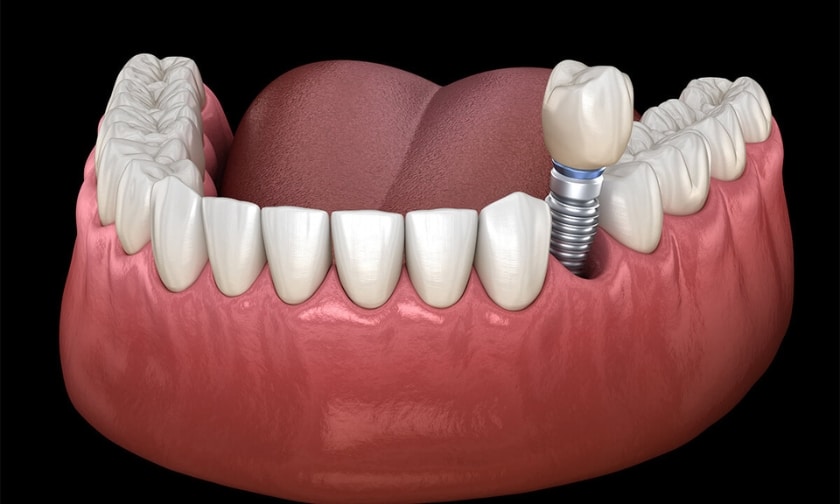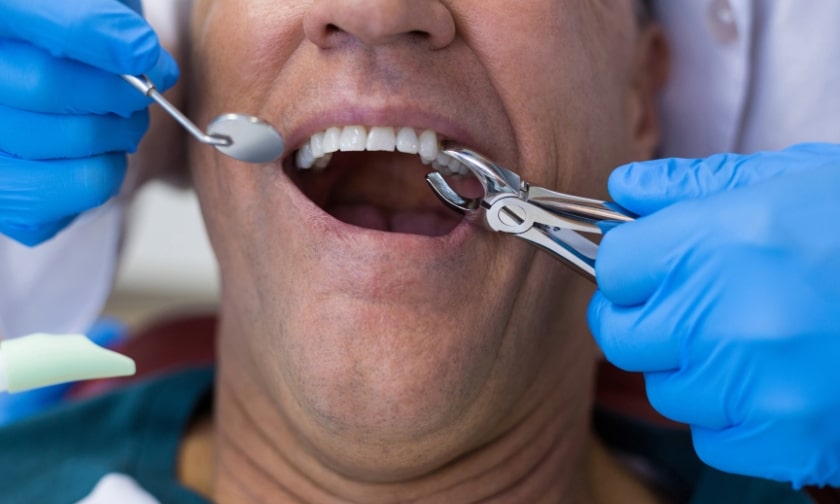Dental implants transform smiles, yet fear of pain keeps many from even considering them. Unwarranted myths perpetuate fear and misinform patients about what really happens. Advances in dental science now redefine implant surgery comfort. Exact anesthesia methods reduce discomfort and calm nerves.
Expectations of healing often differ greatly from reality, so education is the way to make knowledgeable choices. Knowing the facts empowers patients to conquer reluctance.
This blog separates fiction from fact, giving clear visibility to implants, recovery, and comfort at every stage.
What Do People Fear About Dental Implants?
Most people think of surgery as painful, picturing horrific pain and slow healing. Myths promote hesitance and prevent people from accepting implants with assurance. Anxiety exaggerates problems and projects a shadow on the actual experiences of thousands of happy patients.
The reality is otherwise: implants use controlled procedures designed for patient comfort. Fear builds up with misinformation from non-medical sources and outdated beliefs. People worry about complex surgery, extended downtime, and lingering soreness.
Most concerns vanish when patients discover how implant procedures truly feel. Accurate information reduces stress, builds trust, and illustrates the genuine advantages dental implants provide.
The Truth: Is Dental Implant Surgery Painful?
Modern dentistry ensures dental implants in Shadyside cause minimal pain with local anesthesia and sedation options. Patients experience pressure, not sharp pain, when implant posts are placed. Gentle procedures minimize trauma and enhance easier healing and less soreness. Immediate post-surgical sensations typically include swelling or mild tenderness that can be controlled with prescribed medication.
Dental implants enjoy predictable patterns of healing, which are helped along by sophisticated technology. Discomfort during recovery is at its worst during the initial few days, after which it rapidly dissipates.
Most patients rate implants more favorably than tooth extractions. Practical preparation reassures patients and shows the procedure is less formidable than folklore suggests.
What to Expect After Surgery
Implants involve temporary recovery symptoms, including swelling, bruising, and mild soreness. Most discomfort peaks within the first 48 hours before improving gradually. Patients feel gradual relief as inflammation decreases day by day. Most resume normal activities by the end of the first week.
Expected healing is quite different from urgent warning signs that require professional intervention. Unusual pain, persistent bleeding, or infection necessitate urgent dental care.
Being aware of the difference prevents unnecessary panic and ensures stress-free healing. Strict compliance with instructions guarantees healing that is smoother healing and assurance in the long-term success of dental implants.
How Dentists Work to Minimize Pain
Dental implants in Shadyside are successful through meticulous pre-surgery planning with imaging and advanced diagnostics. Personalized treatment plans prepare patients while reducing potential risks. Under surgery, dentists employ local anesthesia and, on occasion, sedation for comfort. Techniques remain precise and gentle and reduce undue tension on tissues.
Patients go home shortly after placement and receive instructions after surgery. Dentists and doctors monitor progress carefully and pave the way for stability and smooth healing. Empathetic communication comforts and establishes trust throughout the process. This technique is a more comfortable option and demonstrates how dentistry has made implants comfortably controllable.
Pain Management at Home
Dental implants require continued care during recovery, including pain management at home. Dentists prescribe medications and recommend proper over-the-counter relief. Patients use cold compresses for swelling prevention and enhanced comfort.
Diet is considerable: soft, healthy foods protect the healing site. Strenuous activities must wait to avoid interference with surgical stability. Rest assists with faster healing and better overall results. Fluid intake aids healing, and avoiding straws prevents harmful suction pressure.
Consistently following instructions ensures recovery with ease. Successful pain management keeps implants healing predictably with minimal complications or unnecessary discomfort.
Fact vs. Fiction: Common Implant Pain Myths
Dental implants are believed to be more painful than extractions. The fact is that implants are generally less painful. A prevalent myth states recovery involves months of agony and discomfort. The fact is that most heal comfortably within weeks. Fear also suggests that implant failure always results in terrible pain. The fact is that failures rarely have terrible symptoms and remain treatable.
Such myths disillusion patients, but facts reassure them instead. Implants remain safe, effective, and tolerable for most patients. Modern technology and professional consultation transform painful expectations into tolerable realities. Truth allows patients to embrace implants confidently and with peace of mind.
Dental implants are never as painful as the myth would have it. Modern anesthesia and meticulous techniques keep procedures within comfort zones. Recovery involves manageable discomfort, not agonizing pain.
Dentists guide patients through follow-up care and effective remedies. Misinformation provokes fear, but facts reveal the reality. Patients who are aware of the process do not perceive it as overwhelming and more rewarding. Implants restore function, aesthetics, and confidence with predictable results.
A dental consultation with us eases fears and gives definitive preparation. Choosing implants today can result in a lifetime of comfort, stability, and broader smiles.

